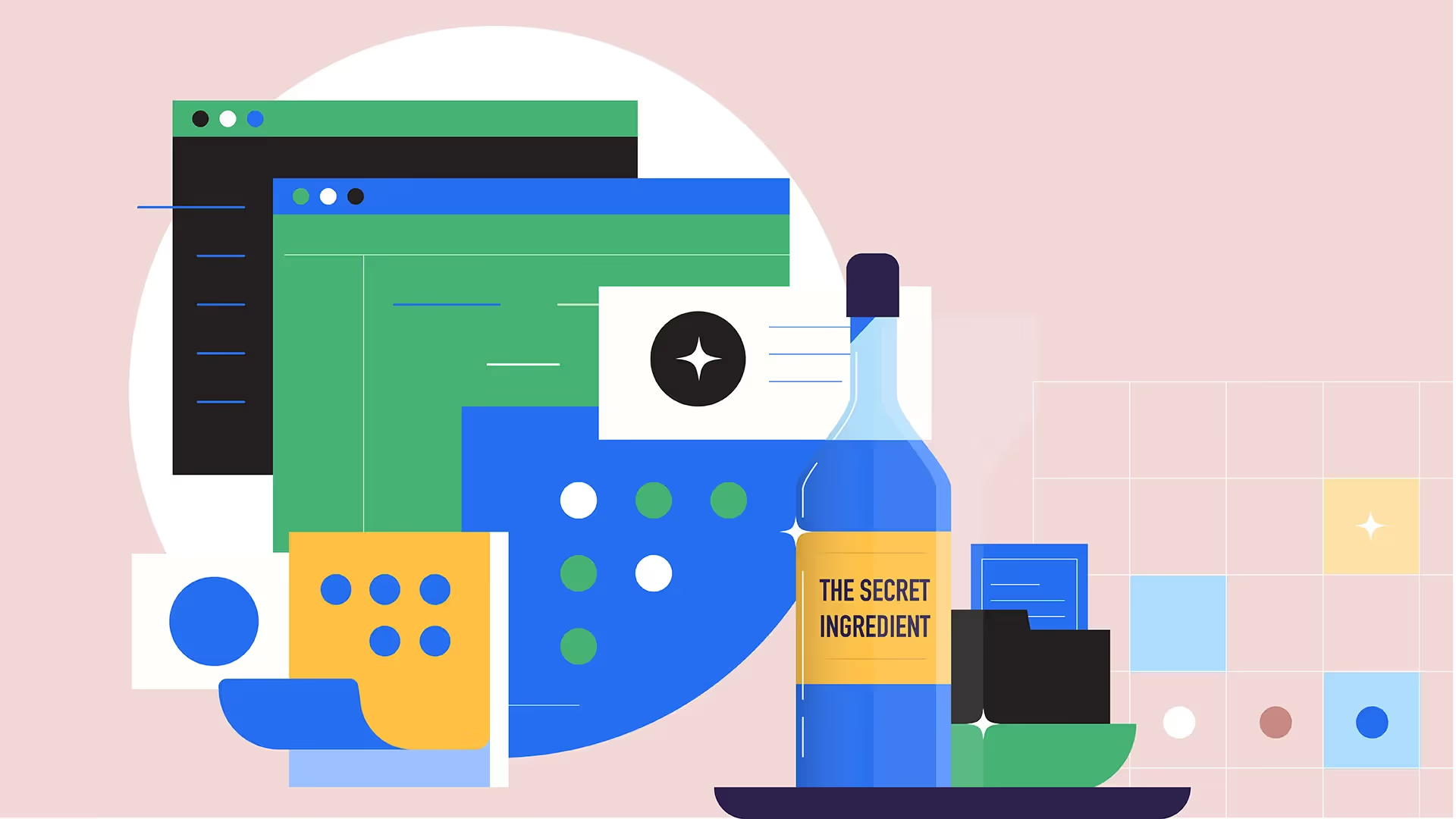Julia can make your favorite food. You just have to tell her what you want and hand her the ingredients. The food she dishes out tastes the same. Every single time. Until she learns your personal preferences, with the help of AI and IoT—after that, you’ll get that Pasta Alfredo just the way you like it.
Named after Julia Child, the famous American chef, Julia is a countertop cooking robot from Nymble. The machine observes patterns in users’ taste preferences, and the taste of the food served changes accordingly. Beta testers have reported being delighted. And you can see why. Humans love certainty, and Julia offers just that (apart from taking the grunt work out of cooking, of course): food that will certainly taste good and is always made how they like it.
And that is possible because of data gathered over multiple repetitions of the same process.
This approach can serve you well with your customer onboarding too.
Let’s look at the common issues that crop up with onboarding: longer go-live time, escalations from customers, the team stumbling one too many times on their way to the finish line in a few cases. You want to know where the team gets stuck often. Or who needs more training. Or appreciate a job well done.
You’ve done everything possible to have it all tracked: documents, checklists, project plans to guide your onboarding team…
But things keep slipping through the cracks.
And what about measuring your team’s efficiency and the customer experience? Your onboarding team can only speak from recent experience, while you need to be looking for patterns or trends. What tasks is the team struggling to complete? What milestones are they not crossing on time? Are they able to get the customer’s team to complete their tasks on time? There is also the problem of visibility: who is working on what? Can your customers access all the information they need at any given moment during the onboarding process? Your team is unable to deliver a consistently good customer experience.
Because things keep slipping through the cracks.
But it’s not you. Or your team. It’s the tools.
Generic tools can’t provide consistency.
Ever wondered why, despite having a watertight onboarding process in place and your team following it down to the t, your customers all report varied satisfaction levels?
It’s because you have spread your process across tools. You track tasks on Asana, have checklists and project scope on Google Docs or Notion, and your approvals happen over emails. All of your information is not in one place. Not only should your team remember every place they have to update progress and obtain sign-offs, but your customers should also - after they get familiar with the tools you use, that is. And then there is the fact that each team member has their own way of handling projects - there is no standardized way.
If you’re not using a tool built for templated projects, the problem of inconsistency will remain. With multiple tools in the picture, it will be hard to enforce that onboarding methodology you perfected. You can clone your projects on asana, but don’t your documents get left out?
Generic tools can’t provide insights.
The tools around which you’ve built your onboarding process are for generic project management and collaboration, not for customer onboarding projects. They don’t equip you with options to measure customer experience at every milestone. Or discover where the new bottlenecks are. Having your information spread out across tools can mean your data is also all over the place.
This is why you don’t get insights like, say, how six times out of 20, the customer dropped the ball on a specific task. Or how your onboarding teams across geographies are performing.
Such data can help you benchmark your team’s performance and provide insights into where they can improve or how you can simplify tasks for them.
Harnessing repeatable processes with Rocketlane
While every customer is different, the customer experience can be consistently delightful. That’s the intent of your customer onboarding too. It’s apparent from the slew of tools you’ve handpicked to make the ride smooth.
These tools are also where you can find a wealth of insights into how you can improve the customer experience during onboarding.
And this is where Rocketlane can help. Built specifically for customer onboarding, you can have all your information in one place. Templatize your onboarding process, so your team doesn’t miss a beat and also to bring consistency.
Create projects and tasks, invite teams, assign tasks to individuals, set due dates, add relevant documents and files, all within Rocketlane.
Track progress, get status updates, obtain CSAT scores, all within the app.
Turn them into insights, and turn those insights into better onboarding processes, and serve up a five-star experience every time.
Check it out for yourself: sign up for a free 14-day trial today.



















